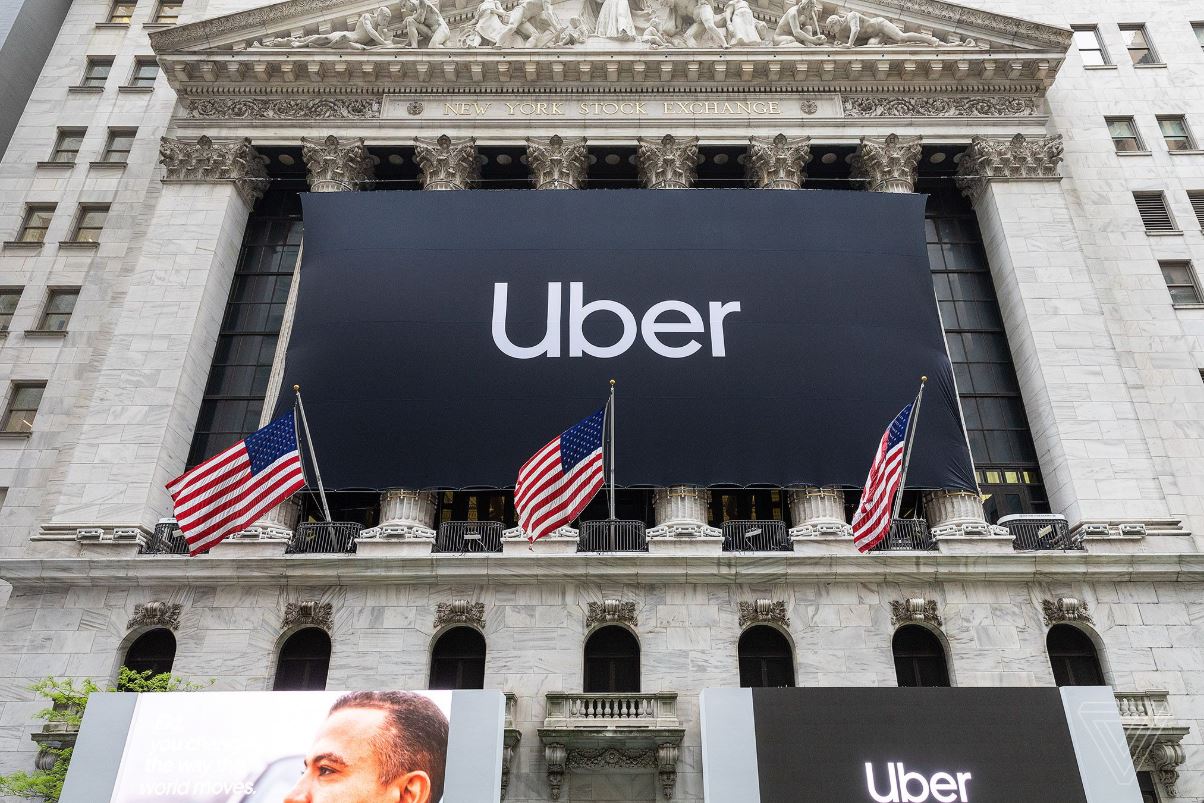Uber had a okayish fourth quarter of 2019, as is evident from the company’s recently announced earnings. While there were significant upswings on the revenue front, the road to profitability still looks a bit distant considering the similarly mounting losses.
However, along with its earnings presentation, the company also published a rather intriguing side report. The side report talks about statistics that may not directly be related to financials and are more about the overall company in itself. And in that report comes a claim, a claim that says Uber is India’s top ride-hailing company, commanding over 50% of the overall market share.
The company says that it facilitated over 14 million rides a week in the subcontinent in 2019, up from over the 11 million per week that it had done in 2018. The claim to the throne, is according to Uber’s own internal estimates of how it is fairing against competitors.
Now of course, this begs the question to Ola, which is Uber’s largest regional rival globally, and has made similar claims of being at the top in the past. Back in 2018, Ola had claimed of moving over 2 million people everyday. By simple mathematics, that figure clearly coincides with Uber’s claims. But Ola had made these in 2018, and Uber has made them now.
So who really is at the top of India’s massive and ever-expanding ride-hailing business? Well, there is no sure to way to say this, but from the looks of it, it seems Ola has an edge. There are no outside numbers to prove this though, and it is based on the claims that these companies themselves make.
The Uber-Ola rivalry more recently moved out of India to the UK, in one of Uber’s most promising markets — London. While Uber is facing a ban from operating its service, Ola announced that it would commence its London operations from February 10th. The company took quite some time after getting an operational license to actually start operating. Ola has cited additional security features and ensuring required standards as a reason for the delay.
The Tech Portal is published by Blue Box Media Private Limited. Our investors have no influence over our reporting. Read our full Ownership and Funding Disclosure →







